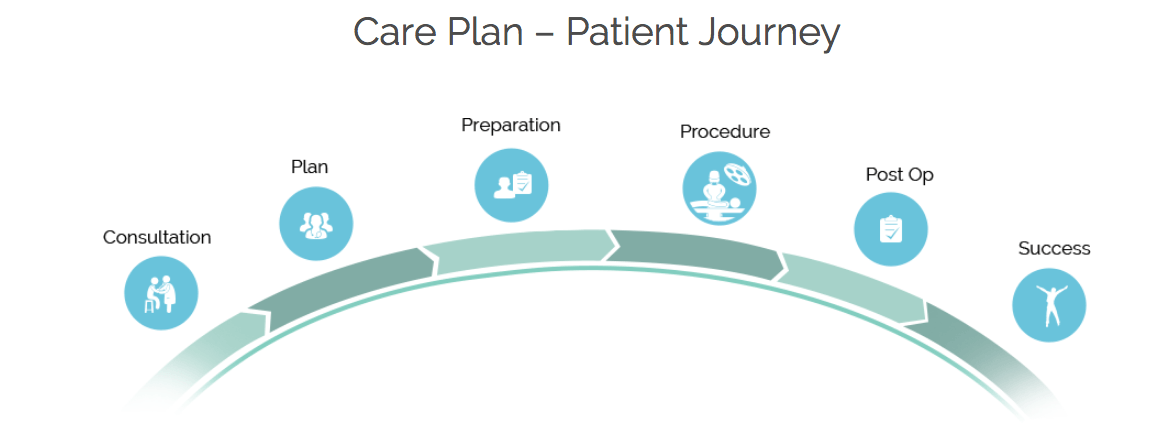To help you with your home recovery, your surgical team will give you information on how to manage the next stage of your post operative recovery. These include:
- What to Expect
- Stages of Recovery
- Timelines and Recovery Schedules
- Movement Restrictions
- Appropriate Diet
- Post Operation Appointments
- Contact Details in Case of Emergency
If unsure you should ask for clarifications and follow these instructions closely and diligently.
Post Operative Infection
If any of the following signs of infection are observed, you should call [doctor] immediately.
Signs of Infection include:
- Fever higher than 101°F
- Increase in redness or swelling around the incision(s)
- Extra fluid drainage from the incision(s)
- An opening of the incision has open areas along its length
- Experiencing chills, nausea/vomiting
- Suffering any type of trauma such as a fall or a car accident
- Difficulty in urinating or controlling your bowel movements
Pain Management
After the surgery, pain medications and antibiotics are prescribed to control pain and prevent infection.
Take your pain medicine as directed. Begin the pain medicine as you start getting uncomfortable, but before you are in severe pain. If you wait to take your pain medication until the pain is severe, you will have more difficulty controlling the pain.
If you had surgery on an extremity (hand or elbow), keep that extremity elevated and use ice as directed. This will help decrease swelling and pain.
Wound Care
When you will be discharged, you will still have a surgical dressing on your incision(s). Dressings are usually left intact until the first post-operative appointment.
If there are issues with the dressings these may require earlier review with the surgeon or Local general practitioner
Post Operative Dos & Don't
We will also give you home-care instructions for the first 6 to 8 weeks of your recovery at home. These instructions are crucial include the following:
- Get plenty of rest.
- Abstain from smoking as nicotine slows bone healing.
- Good nutrition is essential for a successful recovery. Eat a healthy diet, high in protein and rich in fresh fruits and vegetables and drink plenty of fluids.
- Short walks for the first few weeks after the shoulder surgery are encouraged. Walking is a low impact exercise that builds strength and maintains muscle tone. The distance you walk can be gradually increased. Deep-breathing exercises are also helpful.
- Most dressings are waterproof and showers can commence after surgery. Observe dressings regularly to ensure they are watertight.
Driving After Surgery
Check with your doctor when you are allowed to return to driving. You are not allowed to drive while wearing a sling or plaster.
Things to Avoid:
- Avoid heavy, fattening foods and foods that are high in calories.
- Avoid carrying or lifting anything heavier than 10 pounds.
- Avoid bending at the waist. Rather, bend at your knees to pick up things. Also, avoid twisting the back
- Avoid any strenuous activities. Even avoid vacuuming and more strenuous household cleaning.
- Do not go swimming, golfing, running or participate in any other sports activity until your doctor permits.

